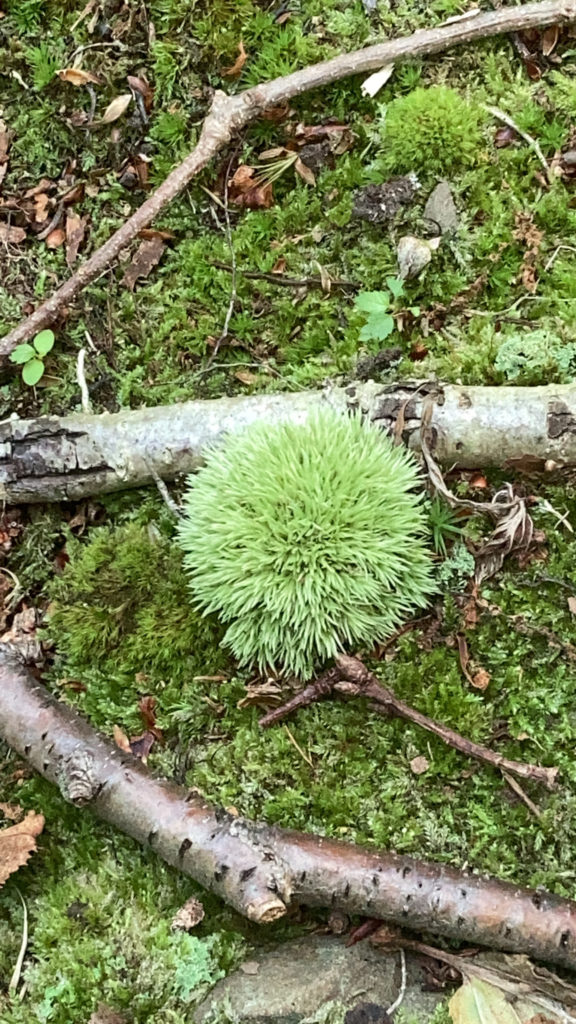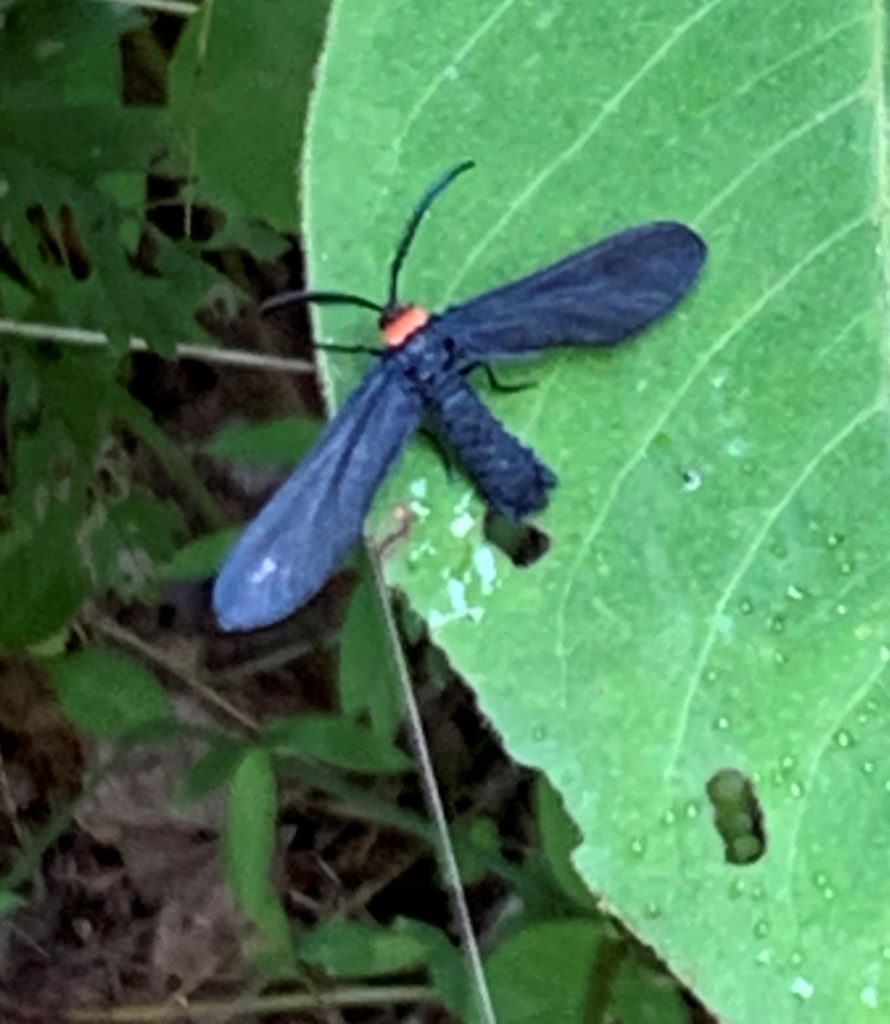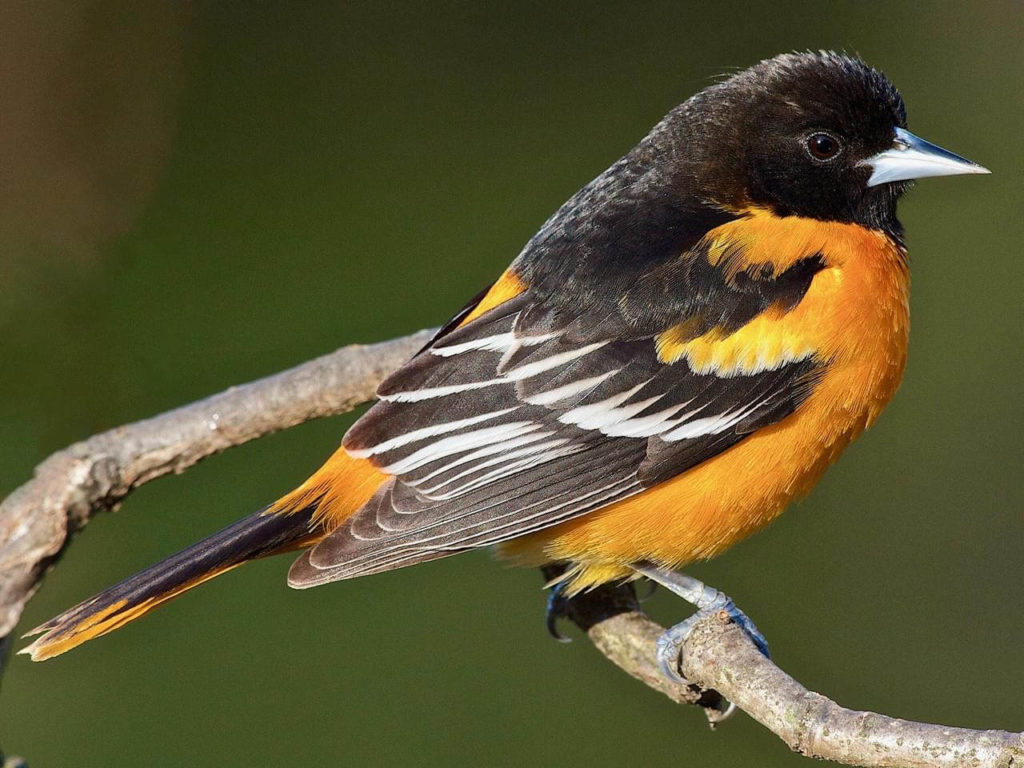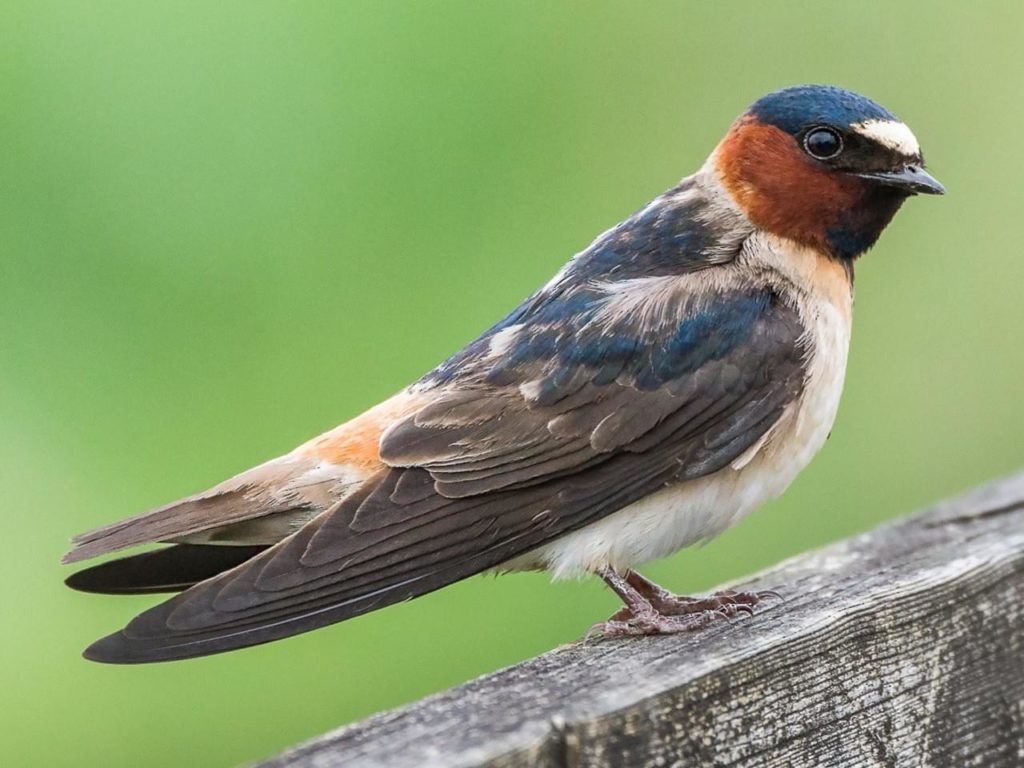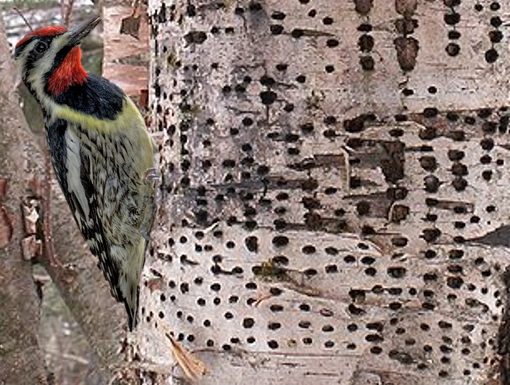The World in a Weed
Ever since the first flowering plants emerged about 130–140 million years ago, they and those that eat them have been engaged in a kind of evolutionary arms race. As plant-eaters chase them down, plants, which obviously can’t run away, have developed other ways to defend themselves and the flowers and seeds that sustain their species.
Plants play defense via such obvious physical attributes as tough leaves, thorns and spines, and the sheer abundance of the seeds they produce. (One vivid local example of this last survival strategy is the cottonwood, which blankets some neighborhoods in “snow” every spring.)
Another widespread adaptation is also effective: Many plants have a bitter taste, and some are poisonous. They’ve developed an astonishing array of chemical compounds that serve to teach anyone who dares to eat them not to do so again. Scientists have identified more than 3000 separate alkaloids (one group of such compounds), and a single plant can produce 30 or more.
Humans being human, we’ve learned to use some plant toxins for our own purposes: For remedies (e.g., digitalis derived from foxglove plants and used to treat heart problems), in “recreational” drugs (the psychoactive ingredients in cocaine), and as seasonings for our foods. (Capsaicin in chili peppers is meant to deter you from eating them.)
Other animals have also learned to put these toxic chemicals to use. In one remarkable example, small tropical insects (most likely ants), far from being harmed, store plant alkaloids in their own bodies to use as a defense system. But it doesn’t always work: Certain frogs still gobble the ants down, having evolved special glands to sequester the same toxins in their skin. These are the Dendobatid frogs, commonly known as poison or poison-dart frogs, and some of them are so toxic that merely holding one can cause serious neurological, respiratory, and other effects in humans.
The never-ending battle between plant and plant-eater has also led to the development of microhabitats. These are tiny ecosystems populated by insect species that share one central trait: the ability to eat a plant that most species find toxic. We can find one vivid example of this phenomenon in our own gardens and fields right now.

Not many years ago, milkweeds were considered merely denizens of vacant lots and untended roadsides, no more or less remarkable than a hundred other weeds. What changed their status, of course, was the besieged Monarch butterfly, whose caterpillars eat milkweed…and only milkweed.
Milkweed sap contains chemicals known as cardiac glycosides, which are toxic to most insects and animals and can cause serious symptoms in humans if consumed in large quantities. The sap is also thick, sticky, milky, and hard to clean off your hands, and it can burn if it gets in your eyes. Very few species will dine on a milkweed plant more than once.
The Monarch caterpillar and some other species, however, find it delicious. These species benefit from their specialized tastes for a simple reason: When most plant-eaters find your chosen food toxic, you don’t encounter much competition for resources.
Yet the benefits of an all-milkweed diet run far deeper. Like the rainforest ants and poison frogs, Monarch caterpillars and butterflies store the plant toxins in their own cells, which makes them as poisonous as the plants they depend on. In a further evolutionary development (also shared with many poison frogs), they’re boldly colored. Predators of all kinds seem to recognize their yellow- or orange-and-black markings as caution flags: Avoid!

Photo: Joseph Wallace
Another common milkweed resident, The Milkweed Tussock (or Tiger) Moth, whose caterpillar has bright orange-and-black tufts and adult a tiger-striped abdomen, shares both the Monarch’s toxicity and warning colors. Fascinatingly, though this color palette warns predators away from the caterpillars, it’s useless against the bats that prey on the night-flying adult Tussock moths. So the moths have evolved a secondary defense: They have special organs that emit clicking sounds, alerting the bats to the moths’ bitter taste.

Photo: Joseph Wallace
Similarly, both Large and Small Milkweed Bugs boast bold orange- or red-and-black patterns. So does the Red Milkweed Beetle, a member of the longhorn beetle family. (Remarkably, in this species the base of the long antennae actually bisects the insect’s eye, which gives it its genus name: Tetraopes, meaning “four-eyes.”)
Not every insect that takes advantage of the milkweed microhabitat needs such evolutionary adaptations, however. Some just like to spend time there.
Unlike the sap, milkweed nectar contains no cardiac glycosides, and the abundant, long-lasting flowers are popular with a wide variety of butterflies, moths, bees, and other pollinators. Inevitably, the presence of such insects also brings creatures that prey on them.
The Golden (or Goldenrod) Crab Spider, for example, can frequently be found amid milkweed flowers. There it sits quite still, waiting to ambush an unwary bee, butterfly, or other visitor.
As with so many inhabitants of this microhabitat, the spider’s life story contains some unexpected details: It is one of only two spider species in North America that can change color to match its background. It can be white with green or purple patches (good milkweed camouflage), or bright yellow (preferred in another favorite habitat, goldenrods.)
Researching this essay, I was amazed by how much I hadn’t known about the milkweed’s world. But the truth is that microhabitats exist everywhere—in leaf litter, the soil beneath your feet, the trees on your street—and they’re all just as intriguing. I’m looking forward to exploring more of them soon…and telling their stories here.
Joseph Wallace








